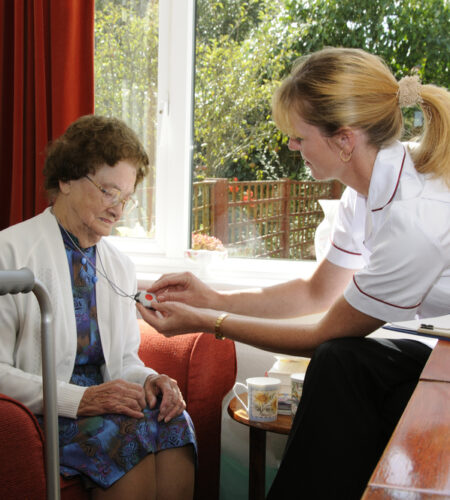As the world embraces technological advancement, one of the most vital developments has been in the field of emergency response technologies for the senior. With an aging population, the need for effective and reliable safety solutions has never been greater. Modern emergency response technologies are not just tools; they are lifelines that offer independence, security, and peace of mind to seniors and their families.

Today’s emergency response technologies go beyond the traditional “I’ve fallen and I can’t get up” alert systems. They encompass a range of devices and solutions that are integrated, intelligent, and intuitive. Wearable emergency buttons, smart home sensors, and mobile alert apps form a safety net that is both comprehensive and unobtrusive.
One of the key advancements in this area is the development of smart wearable devices. These wearables, often in the form of bracelets or pendants, are equipped with sensors that can detect falls automatically and send immediate alerts to emergency services or designated caregivers. They are designed to be comfortable and discreet, ensuring that seniors can wear them at all times, whether at home or out and about.
Smart home technologies also play a pivotal role in senior safety. Motion sensors, door and window alarms, and video surveillance systems can be installed in seniors’ homes to monitor their activity and well-being. These systems can alert caregivers to unusual patterns – like a door left open or an absence of movement for an extended period – indicating that something may be amiss.
GPS tracking is another feature that has become increasingly important, especially for seniors with conditions like Alzheimer’s or dementia who may wander or become lost. GPS-enabled devices can help locate the individual quickly and accurately, significantly reducing the risk of harm in such situations.


Another innovative aspect of modern emergency response technologies is the integration of artificial intelligence (AI). AI systems can analyze data from various sensors and wearable devices to identify potential health risks or emergency situations. For example, AI can detect changes in a senior’s walking speed, sleep patterns, or daily routine, providing early warning signs of potential health issues.
Voice-activated systems have also gained popularity among senior individuals. These systems allow seniors to call for help simply by using their voice, which can be crucial in situations where they might be unable to reach a phone or press a button.
The ease of use and reliability of these technologies are paramount. Manufacturers ensure that these devices are not only effective but also simple for seniors to use, with features like long battery life, waterproof designs, and straightforward interfaces. Regular testing and maintenance services are often part of the package, ensuring that the systems are always operational when needed.
In conclusion, modern emergency response technologies represent a significant step forward in ensuring the safety and well-being of the senior population. By providing sophisticated, user-friendly solutions, these technologies empower seniors to live independently and with confidence, while giving their families the peace of mind that comes from knowing their loved ones are safe and secure.



Comments